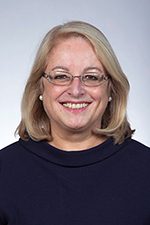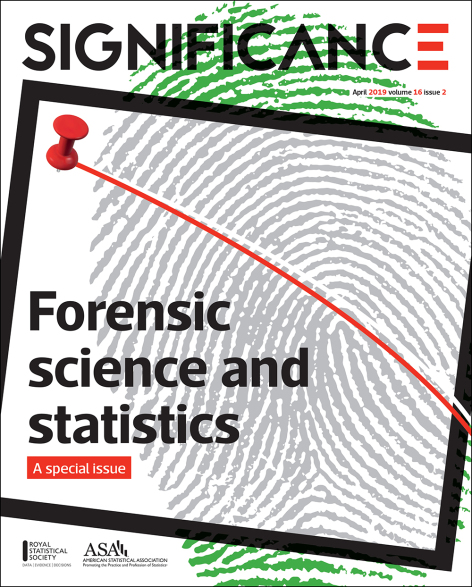AMES, Iowa – Over and over, a committee of the National Research Council heard the same message about the state of forensic science in the United States:
“The forensic science system, encompassing both research and practice, has serious problems that can only be addressed by a national commitment to overhaul the current structure that supports the forensic science community in this country,” said a landmark report by the research council’s Committee on Identifying the Needs of the Forensic Science Community.
That report – “Strengthening Forensic Science in the United States: A Path Forward” and its 13 major recommendations – is now 10 years old.
One result of that report is the Center for Statistics and Applications in Forensic Evidence (CSAFE) based at Iowa State University. Established in 2015, it’s a $20 million Center of Excellence of the National Institute of Standards and Technology.
CSAFE leaders are marking the anniversary of the state-of-forensics report by working with the Innocence Project, a nonprofit legal organization that works to prevent and overturn wrongful convictions, to sponsor a special issue of Significance Magazine focused on forensic science and statistics.
“It’s rare for Significance to dedicate an issue to a specific topic,” said Alicia Carriquiry, director of CSAFE and a Distinguished Professor in Liberal Arts and Sciences and President’s Chair in Statistics at Iowa State. “It’s great that the editors were willing to do this. It shows that the center is having an impact. The work we are doing is recognized as good work.”
Significance, a publication of the American Statistical Association and the Royal Statistical Society of the United Kingdom, has published six stories about forensics in its April issue:
- “The need for objective measures in forensic evidence,” by Karen Kafadar of the University of Virginia and a co-director of CSAFE.
- “Reliability and validity of forensic science evidence,” by Hal Stern of the University of California, Irvine and a co-director of CSAFE; Maria Cuellar of the University of Pennsylvania and a CSAFE researcher; and David Kaye of Penn State University.
- “What does a match mean? A framework for understanding forensic comparisons,” by Robin Mejia of Carnegie Mellon University and a CSAFE researcher; Cuellar; Dana Delger of the Innocence Project; and Bill Eddy of Carnegie Mellon and a co-director of CSAFE.
- “Machine learning in forensic applications,” by Carriquiry; Heike Hofmann of Iowa State and a CSAFE researcher; Xiao Hui Tai of Carnegie Mellon; and Susan VanderPlas of Iowa State and a CSAFE researcher.
- “‘Source’ or ‘activity’ – What is the level of issue in a criminal trial,” by Graham Jackson of the Royal Statistical Society and Alex Biedermann of the University of Lausanne in Switzerland.
- And an “In Practice” column featuring questions and answers with Gillian Tully, the forensic science regulator for England and Wales.
As Stern, Cuellar and Kaye note in their story, there are still gaps in the scientific understanding of forensic evidence and preventing errors will continue to be a challenge.
“But there is hope for continued improvement,” they wrote. “Studies in a wide variety of disciplines, such as firearms, fingerprints, shoe prints and even bloodstain pattern analysis, are being carried out to better understand – and improve – the reliability and validity of forensic science evidence.”
With that new knowledge – plus increased judicial scrutiny and improvements in quality control – the three wrote that “forensic science can limit miscarriages of justice and increase the efficacy and fairness of investigations and prosecutions.”


